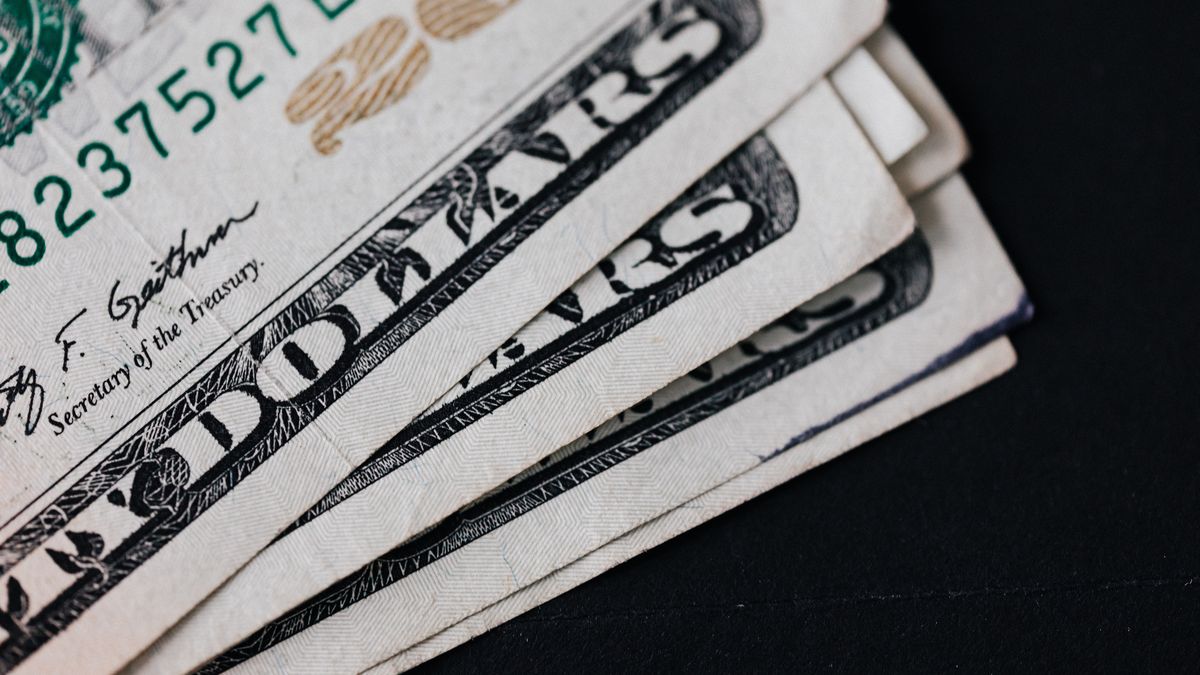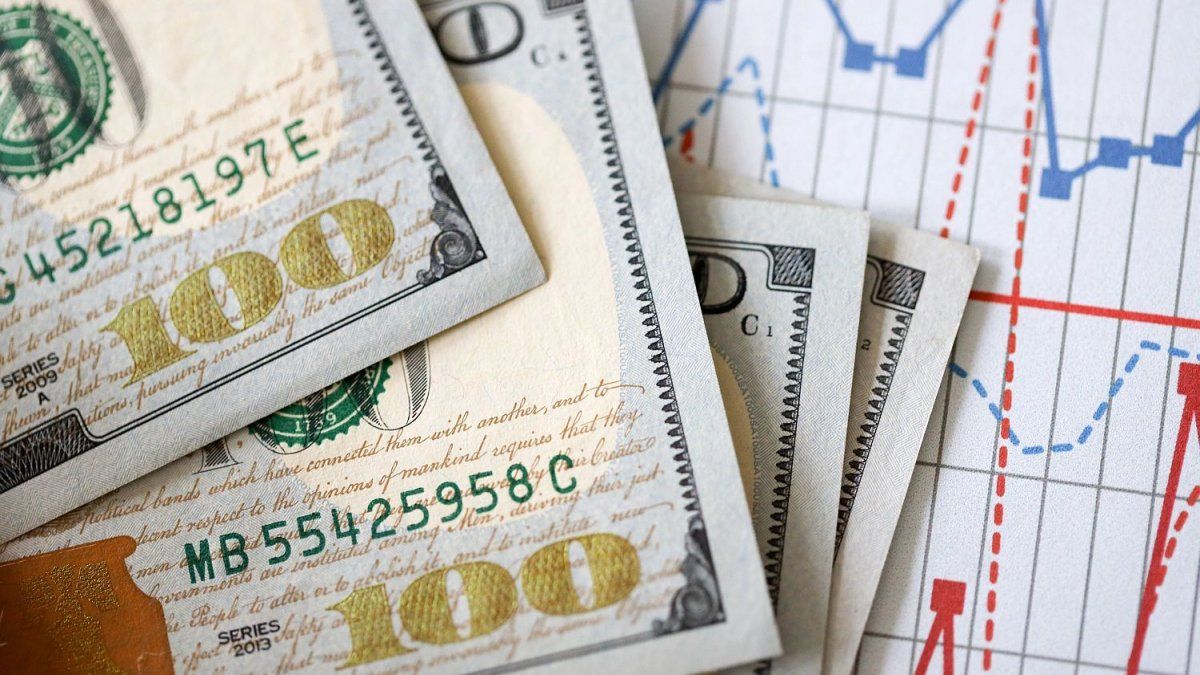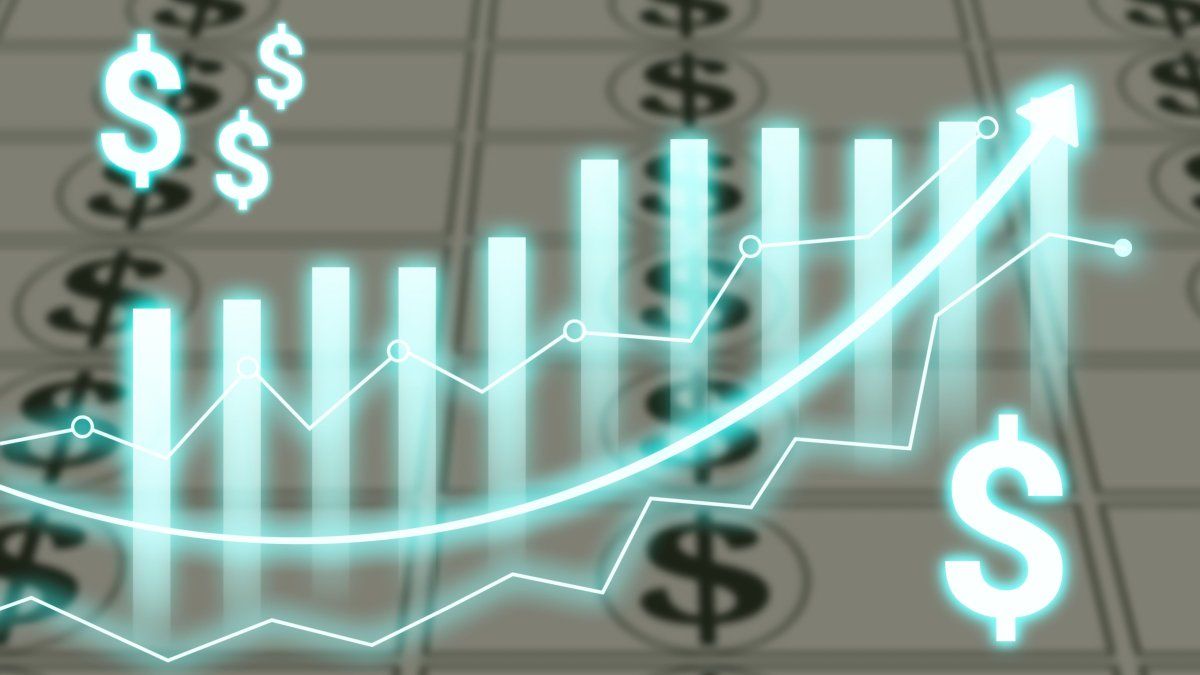Amid latent risk aversion due to domestic challenges and fears of a global recession, the government will release August inflation on Wednesday, after a recent survey projected 95% for the entire year.
Dollar today and blue dollar today: the minute by minute price of Monday, September 12
Economists and analysts give their opinion on the situation in the country, which is struggling to reduce the fiscal deficit, stop price escalation, shore up net reserves and forge a complex political situation.
“What we say to the agricultural sector is: if they need money for their operation, they have to sell their production and liquidate. Not to have loans at a subsidized rate from the financial system,” said Agustín D’Attellis, director of the BCRA in journalistic statements.
“The implementation of the new ‘soybean dollar’ formalized the abandonment of the current exchange regime as we know it until now. The success it had in its debut makes it very difficult to imagine how the Government will not renew it after its expiration (after September). , or how to avoid having to generalize it to other sectors (…) but it requires important adjustments in a relatively short period of time, because it has important limitations,” said the consulting firm Consultatio.
“The new grain settlement policy and greater external financing from multilateral organizations provided temporary relief in the market,” said Portfolio Personal Investments. “The Government bought time to strengthen reserves and reduce devaluation expectations in the short term. However, let us remember that the “B” side of the ‘soybean dollar’ is an unsustainable capital loss on the BCRA’s balance sheet.”
“This ‘soybean dollar’ represents relief in the very short term since it represents a recovery of forced reserves. Fund adjustments (exchange and monetary) are needed since the Government does not want to abruptly devalue, but a rate hike should be falling by an inflation that is already outlined at almost 100% (by 2022)”said the analyst Marcelo Rojas.
“I am not going to say that Massa is a technical minister, but he has a technical team that allows him to move (…) he has the credibility and the power that the president (Alberto Fernández) is silent and the vice president (Cristina Fernández) is in other things,” Claudio Loser, former director of the IMF’s Western Department, told reporters. “He knows how to communicate well and I think he’s doing things. I have my doubts, but I think this is a big step forward.”
It comes from “a key week for the local market that can be considered as a thermometer of confidence after the continuous news from the Minister of Economy in the United States and the incorporation of the ‘soya dollar’“, synthesized Ayelén Romero, account executive of Rava Bursátil.
“The new regulation of the reinforced ‘soybean dollar’, as they call it in the financial market, has generated positive expectations in the foreign exchange market and caused, due to the sharp drop in the parallel dollar and the alternative financial dollars, that the exchange rate gap between the official dollar and those dollars is below 100%,” said ABC Mercado de Cambio.
“The ‘soybean dollar’ had a good debut (…). However, the measure only serves to gain some reserves and time, which is not little, but it does not solve the underlying macroeconomic problems and in turn has its effects secondary due to the greater monetary issue and fiscal costs that it implies”commented Roberto Geretto, economist at the Fundcorp investment fund.
“The cost of the present ‘soybean dollar’ at 200 pesos is very expensive due to the difference compared to the official exchange rate (141.39 pesos), which represents a factual exchange split. To avoid the loss of other reserves, there will surely be more obstacles for the so-called ‘tourist dollar’ and rate hikes,” said a financial analyst from foreign private banking.
“Let’s do (interest) rate,” suggested clearing and settlement agent Cohen. “Since the second week of August, the local market began to feel some relief and assets recovered value. The BCRA went from being a seller to a net buyer of foreign currency, the exchange rate gap fell and the country risk broke the trend that took it to 3,000 points,” he added.
“The ‘soybean dollar’ is a desperate measure to get away in the short term (without devaluing), which is not sustainable in the medium term and would have a (fiscal) cost of around 20%, albeit from a non-financial and quite recurrent source . A secondary effect was the global fall in the price of soybeans, since Argentina is a major exporter and the increase in supply would be abrupt”expressed Roberto Drimer of VaTnet Research.
Source: Ambito
David William is a talented author who has made a name for himself in the world of writing. He is a professional author who writes on a wide range of topics, from general interest to opinion news. David is currently working as a writer at 24 hours worlds where he brings his unique perspective and in-depth research to his articles, making them both informative and engaging.




